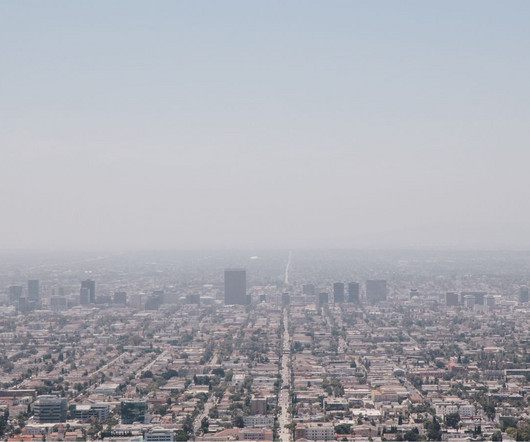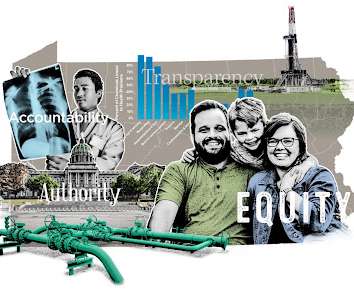Will EPA Follow the Science and Protect Us from Ozone Pollution?
Union of Concerned Scientists
MAY 17, 2023
Earlier this month, the Environmental Protection Agency’s (EPA) Clean Air Scientific Advisory Committee (CASAC) released a draft set of recommendations calling on the EPA to tighten its current standard for ground-level ozone pollution to protect public health. But will the EPA follow CASAC’s recommendations?




















Let's personalize your content